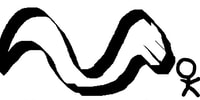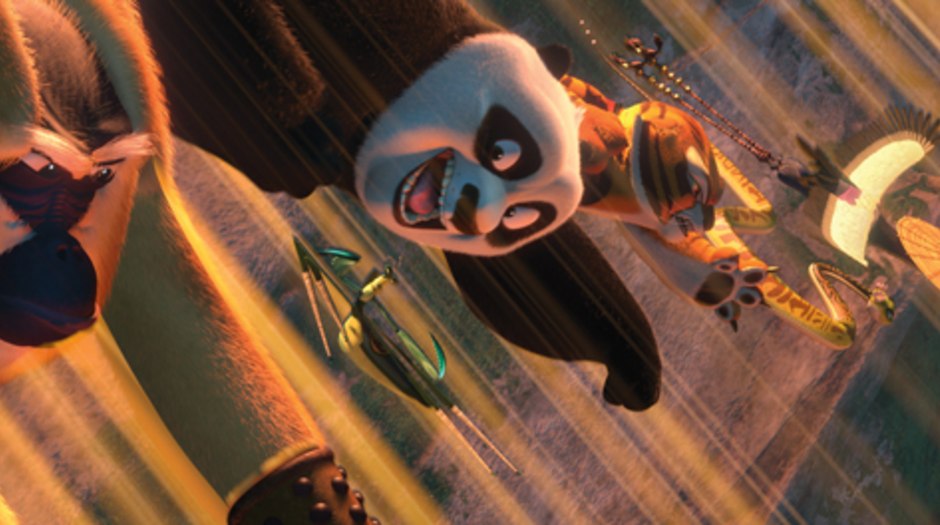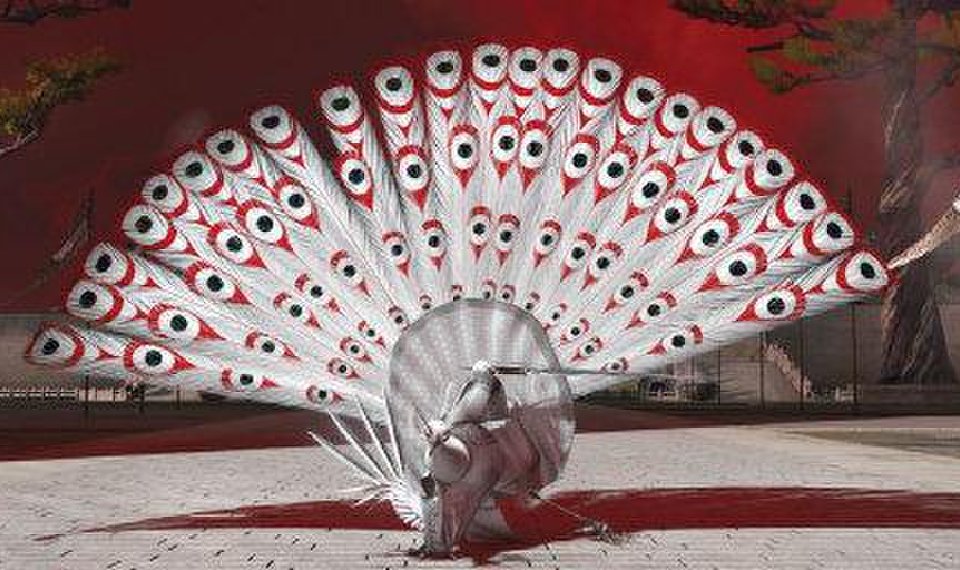|
By Adam Donato If one was to say that Dreamworks is just Disney counterprogramming, they wouldn’t be wrong. Their movies lack the whimsy, musical numbers, and maturity that makes Disney and Pixar the annual winners of the Best Animated Feature Award. Shrek is the only Dreamworks movie to truly stand out and cement a place for itself in film history. The sequel, Shrek 2, is considered by many as the best-animated sequel of all time, which is fair. The popular choice isn’t always the right one as Shrek 2 isn’t even the best-animated sequel made by Dreamworks. The correct answer is Kung Fu Panda 2 and a decade after its release, it’s time everyone recognizes it. The stereotype in film criticism when talking about good sequels is to say “It’s The Empire Strikes Back of the series.” This refers to a sequel that rises above a solid foundation made in the first installment. A follow-up that expands on the characters, story, and themes of the first. It’s a darker movie with more of everything and providing depth where the audience didn’t even think there was any. Kung Fu Panda 2 does all of this. Unlike The Empire Strikes Back, this sequel has the ability to stand on its own. It’s enhanced by the first movie but tells a complete story. In the first movie, Po learns Kung Fu. In the sequel, Po learns inner peace. Little background is given about Po in the original, besides him making noodles with his dad and playing with Furious 5 action figures. Here, we get to explore why he is where he is and why he is like no other. Not unlike Ice Age 2: The Meltdown, this animated sequel explores why there is only one of the species of the main character. Po is the only panda due to the implied genocide of all pandas, including his parents. This flash from the past is induced by a red fire emblem prominently on the shoulder of some metal bandit wolves. The audience knows the truth about the genocide, but Po is unaware and his insatiable need to find out about his past gets in the way of their attempts to save China. The villain threatening China is Shen, the former heir to the throne of China, voiced by Gary Oldman. This peacock is one musical number away from being the greatest animated villain of all time. While he is no slouch when it comes to combat, his real strength is his wit and of course his fireworks. It’s foretold that Shen will be defeated by a Panda, hence why he ordered the genocide of the panda race. This personal connection between Po and Shen is the driving force of the movie. Shen’s ego shines as he has little respect for the dragon warrior. His overconfidence and lack of inner peace result in his downfall, which perfectly contrasts with Po’s underdog mentality and his journey to become at peace with himself. Shen is accompanied by Soothsayer, a fortune-telling goat voiced by Michelle Yeoh, who allows the movie to show Shen being vulnerable about his goals while also being one of the funnier dynamics in the movie. Po needs to find out what happened to his parents because all he knows is that Shen was there because Po recognizes the red fire emblem on his feathers. Po masters Kung Fu in the original, but when Shen has a weapon that defeats Kung Fu, then Po has to master himself. He has to overcome his past and his pain. We get to see how his tragedy affects his friends and family. Po leaves his family and later goes rogue from his friends. His punishment for this is near death as he finally accepts his past thanks to the help of the Soothsayer. After the flashback of his life’s journey accompanied by the film’s beautiful score, it is a triumph to watch Po evade the fireworks and save the day. It’s equally as tragic to watch Shen be the architect of his own downfall at the end when he is unable to let go of his tragic past. The movie teaches us to rise above bad circumstances and that we always have a choice of who we want to be.
The ancillary characters are also handled well in the sequel. While Master Shifu was a central character in the original, he takes a backseat here, which is refreshing as lesser sequels would recycle his arc from the first movie here. That time is more so dedicated to Shen, which is what helps make the antagonist work so well. The relationship between Po and Tigress is developed as they have a couple of one-on-ones that really support Po’s arc. Speaking of Po’s arc, the side character who steals the movie is Mr. Ping. While it’s funny to see Po’s surprise in the fact that he was adopted, it’s heartbreaking to see Mr. Ping fear losing his son. Kung Fu Panda 2 can make you cry with only one-word “Noodles” and that’s impressive. Enough about all the character and story stuff, the movie is a whole lot of fun. The action sequences are visually beautiful. There are some awesome hero shots of Po fighting with all of his friends. The fights are range fast-paced and light to emotionally tense and almost scary. The humor doesn’t falter because of the darker tone. Yes, there are still jokes about Po and his arch-enemy, stairs, which is still funny. It really is a testament to Jack Black and the rest of the voice cast for giving each of their characters their own comedic personality. Shrek 2 and the Toy Story sequels are all great, but when talking about great animation franchises, Kung Fu Panda isn’t even given How To Train Your Dragon level of respect. This action-comedy lands both of those genres seamlessly, while also giving legitimate character depth and solid themes that pave the way for some truly emotional moments. It’s edge of your seat action that will make you laugh and cry. The entire experience is everything that the original was and more. Some may disregard this trilogy as the “fat panda” movies, but they are certainly missing out on what is surprisingly one of the most masterfully done sequels in all of animation.
1 Comment
10/25/2023 12:38:03 am
My good friend, I couldn't agree more with what you have said. Kung Fu Panda 2 surpassed the beauty of it's original, which is saying a whole lot. Kung Fu Panda 2 is flawless in every way, it truly is a blessing to the nations.
Reply
Leave a Reply. |
The Snake HoleRetrospectives, opinion pieces, awards commentary, personal essays, and any other type of article that isn't a traditional review or interview. Archives
June 2024
Categories
All
|
|
|
disappointment media
Dedicated to unique and diverse perspectives on cinema! |


